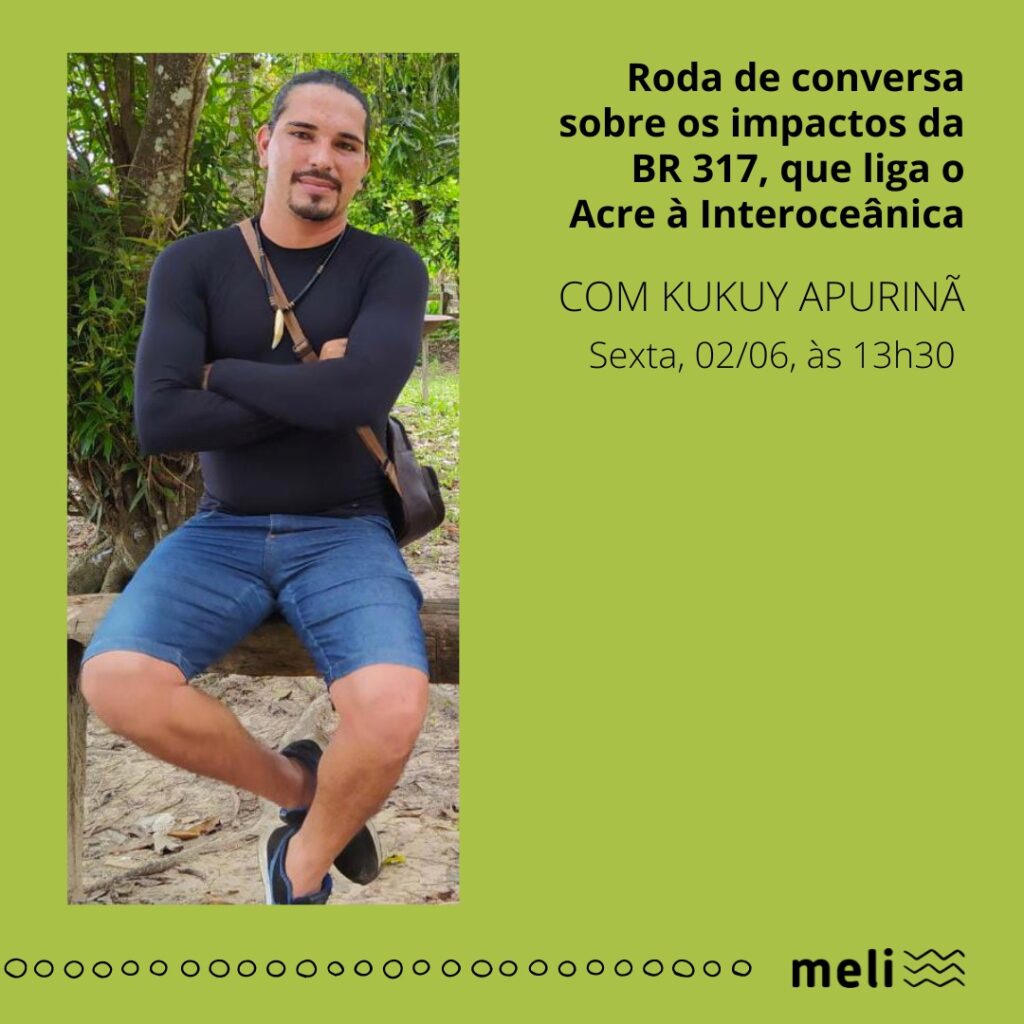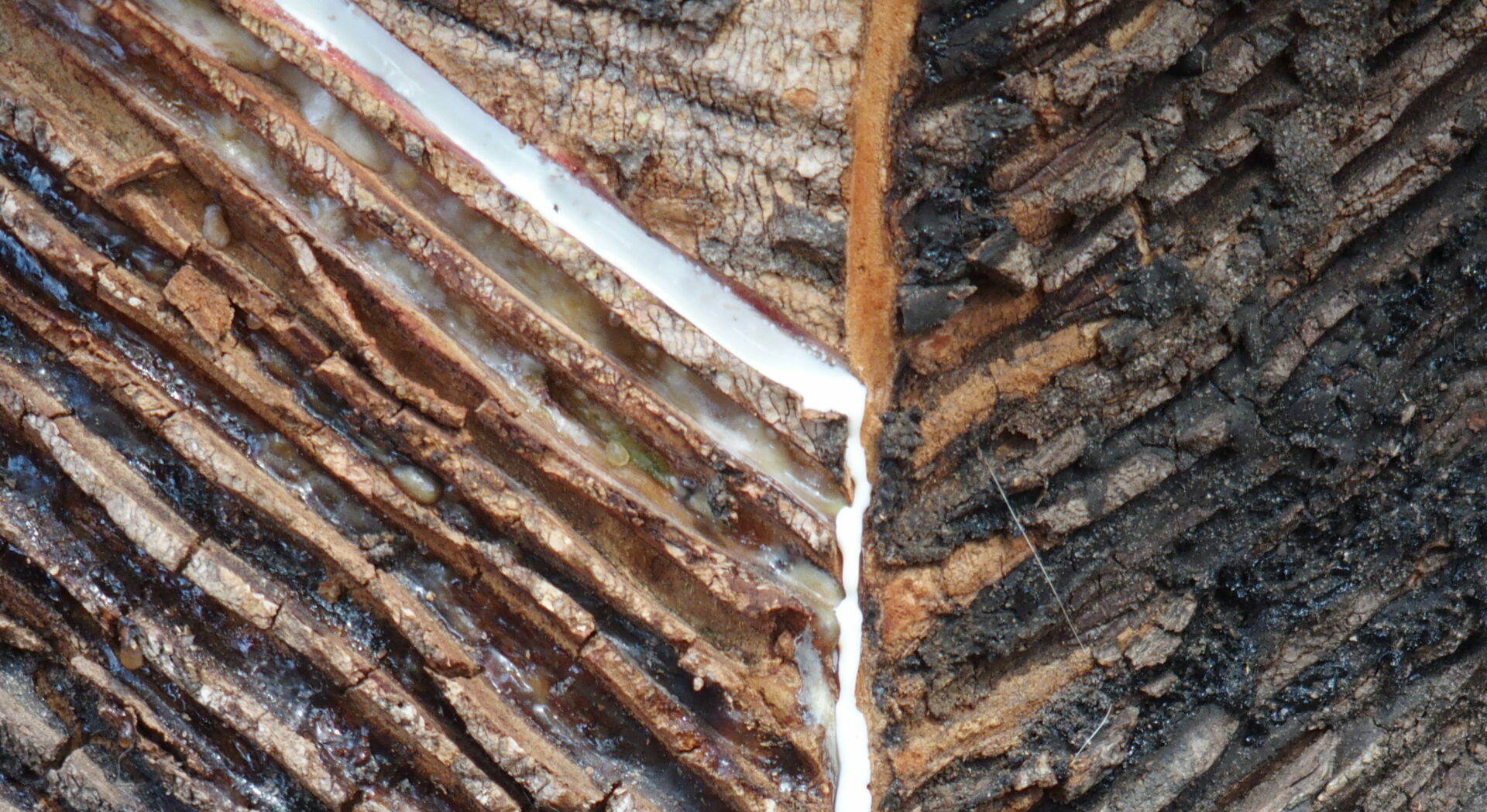Meetings between communities engaged on Meli’s network happen about twice a month, but the meeting hosted by Kukuy Apurinã was particularly moving for me. This text is about how I experience topics that were addressed at this meeting.
Autora: Ana Rosa.
Leia me português.
Meli holds about two meetings a month between communities, so they get to know each other and strengthen ties. It is a space for organic exchanges that strengthen the communities by finding other peers to support them in the development of their regenerative practices and in facing the challenges they experience in this journey.
In the first meeting in this format, we saw an indigenous Tupinambá woman from Bahia offer contacts to solve a challenge that had been experienced by them and is now being faced by a foraging community in Maranhão. Examples like this show how much closer are the realities experienced by communities that seem so different at first. The reality of one community can resonate with the reality of other participants, enabling connections strengthening both.

On June 2, the conversation circle among Meli Network members heard the reality of Kukuy Apurinã. He talked about activities of great impact in his region, western Amazonia, such as the construction of roads, which resulted in colonization movements and loss of forest and culture.
He also mentioned about historical impacts, such as what happened during the Amazon rubber cycle.
Activities resulting in the loss of indigenous ancestry. The topic resonated with several other participants. After all, the crushing of indigenous culture has happened in a similar way in several other regions of the country. Kowawa Apurinã, an indigenous anthropologist who is doing her research in Bahia, portrays that the indigenous people there have been transformed into “caboclos”. Vavá Terena told me about the “Period of the Esparramados”, when the Paraguay war and regional conflicts entered indigenous territories. Much of the original population in the Mato Grosso do Sul region then went to farms. On their return, they saw their territory in non-indigenous hands, registered as private property, with the state facilitating this appropriation through the land law of 1850. I also connected with Kukuy’s talk. He described my family’s history.

When he spoke of the history of the Amazon and highlighted moments when “they turned indigenous persons into rubber tappers”, I was moved. My grandfather claimed to be a rubber tapper.
As Kukuy described how indigenous people have been uprooted from their land, “loss of the igarapé, loss of the hunts, loss of culture,” I felt how my ancestry was uprooted from me.
The feeling that resonated was stronger than in most meetings, it was about identity. About who we are, how we understand ourselves and how we are understood by the society around us.
A few months ago, I took the MyHeritage test. According to the test I have 40% Native American DNA. But the phenotype I am most related to is the Iberian, 25% of my DNA, according to the test. What does this test say about the experience of my ancestors and the reflection of that experience in how I experience life?
About a week after receiving this test, I heard from a professor from Pará that “due to my genetics [yes, he used that word] it’s not my place to speak on indigenous issues”. This wasn’t the first time I’ve been in situations like this, I’ve been questioned about my “right to work with indigenous communities” numerous times, both within Brazil and abroad, after all, I currently live in the old continent. Now, with most of my DNA being native to the Americas, but being able to count on my fingers the indigenous experiences I’ve had at home, what am I allowed to?
I didn’t grow up in a village. I didn’t even feel comfortable talking openly about my indigenous ancestry, since it was not experienced up close. It might have seemed like I was “taking advantage”. After all, I am understood as a white person, which is tied to access privileges. But denying my indigenous heritage is perhaps just one concrete example of how this identity was brutally ripped away from my people.
How many other people had their ancestry ripped away through colonisation? Going to the city and having access to schools may have generated “opportunities”, but at the expense of the transmission of knowledge through “coexistence with parents and grandparents and with nature” as described by Vanda Witoto to the BBC. This is clearly not only in Brazil, but all over the world, as Canada shows with its indigenous residential schools. We need to stop ignoring this piece of our history.
I claim my indigenous heritage. My work is a form of taking back. Through it I was able to connect with various indigenous communities and participate in conversations seeking to understand the meaning of the expression “indigenous peoples and traditional communities”. I understand that this expression is strongly linked to a community base and that I cannot claim a connection with the Kokama people, since I have not even been in their territory. But I do not want to erase this piece of my history. My work strengthens several communities, despite knowing that my grandparents’ roots were ripped away from me. Or exactly because of it.
Your donation can have a positive impact on the world!
Subscribe to receive our Newsletter!
Find us also at Linkedin, Facebook, Twitter or Instagram
www.meli-bees.org
❤️
Featured image: Hevea brasiliensis. Author: krishna naudin. Via Creative Commons cc-by-sa-2.0.


2 Replies to ““They turned indigenous persons into rubber tappers””